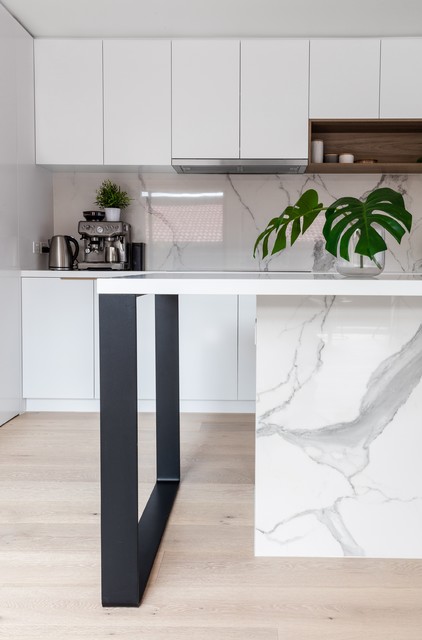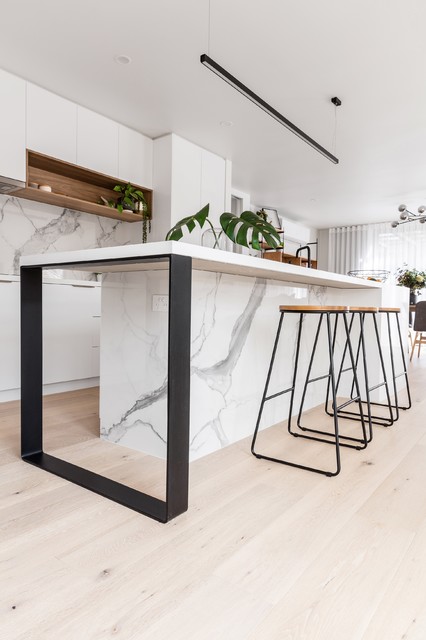The Leading Kitchen Island Leg Styles to Enhance Any Kind Of Style Aesthetic
The Leading Kitchen Island Leg Styles to Enhance Any Kind Of Style Aesthetic
Blog Article
Top Factors To Consider When Choosing a Kitchen Island Leg for Modern Cooking Area Interiors
In the realm of modern-day kitchen insides, the selection of a cooking area island leg is critical, influencing both looks and performance. Trick considerations consist of the option of materials that integrate with contemporary style, in addition to the leg's security and support to guarantee enduring efficiency. Additionally, elevation and percentages need to be thoughtfully evaluated to keep a natural look. As these aspects link, they raise even more inquiries about how to accomplish the perfect equilibrium between style and usefulness, leaving one to contemplate the ramifications of each choice on the overall cooking area experience.
Material Selections
When it comes to choosing a kitchen area island leg, material selections play an essential role in both looks and capability. kitchen island leg. One of the most usual products consist of timber, steel, and composite alternatives, each offering prospective drawbacks and unique advantages
Timber is preferred for its heat and classic appeal, offering a classic look that complements different kitchen area styles. It is highly functional, enabling for customization in regards to surfaces and shades. Nevertheless, wood may require even more upkeep to avoid warping or damage from moisture.
Metal, on the other hand, brings a industrial and modern-day flair to kitchen area islands. Stainless steel and functioned iron are popular options, known for their resilience and resistance to put on. They can endure the rigors of day-to-day use yet may lack the warmth related to wood.
Composite products, such as engineered wood or synthetic blends, provide a balance in between price, durability, and looks. These choices are frequently designed to mimic the look of all-natural materials while supplying resistance to spills and scratches.
Ultimately, the selection of product must align with the total cooking area design and planned use, making certain that the kitchen island leg is both useful and aesthetically attractive.
Design And Style
The design and style of a kitchen area island leg dramatically add to the general aesthetic of the room, matching the chosen material. When choosing the leg layout, think about the architectural style of the kitchen. Smooth, minimalist legs made of stainless steel or acrylic harmonize with contemporary designs, while ornate, transformed wood legs enhance typical or farmhouse appearances.
In addition, the coating of the leg can affect the visual impact; a refined chrome or matte black coating might evoke contemporary beauty, while distressed timber talks to rustic beauty. The leg's form also plays an essential duty-- right, angular types communicate a more commercial feeling, whereas bent or conical legs introduce a softer, much more welcoming appearance.
Integrating decorative components, such as carvings or embellishments, can include individuality and character to the cooking area island, more improving its duty as a centerpiece. Ultimately, the chosen leg design should not only line up with the general kitchen area layout yet also mirror the home owner's personal taste, making certain that the kitchen island becomes a harmonious and useful focal point within the modern-day kitchen area interior.
Elevation and Proportions
Accomplishing the ideal height and percentages for a kitchen island leg is essential for both functionality and looks. Kitchen area islands link normally vary in elevation from 28 to 36 inches, depending on their meant usage-- whether as a cooking surface, eating location, or work area. Criterion countertop height is Check Out Your URL roughly 36 inches, making it vital that the legs you select enhance this elevation to give a smooth, incorporated appearance.
Percentages also play an essential function in the visual balance of the cooking area. The size and weight of the leg need to agree with the total layout of the island - kitchen island leg. A slender leg might be ideal for a contemporary or minimalistic island, while a much more substantial leg may be needed for rustic or traditional designs. Furthermore, consider the spacing in between the legs; adequate distance ensures convenience and convenience of activity around the island.
When picking the height and percentages of the kitchen area island leg, bear in mind the overall style theme of your kitchen area. This focus to detail not only improves the functionality of the space however additionally adds to a aesthetically attractive and natural interior decoration.
Stability and Assistance
Continually making certain security and support in kitchen area island legs is vital for both safety and security and performance. A well-constructed kitchen area island must hold up against day-to-day usage, including weight from devices, cooking, and social events. For that reason, the selection of legs must prioritize durable materials and styles that can provide adequate assistance.
When evaluating stability, think about the leg's product-- wood, light weight aluminum, or steel commonly supply exceptional stamina compared to lighter options. Furthermore, the design ought to include a wide base to distribute weight equally and lower the threat of tipping or tottering. Legs created with an A-frame or cross-bracing can substantially enhance stability.

Including these factors to consider will not only boost the total security of the kitchen room but also enhance the durability and capability of the kitchen island, making it an important focal point in modern-day cooking area interiors.
Finishing Touches
When it involves finishing a kitchen area island, thoughtful ending up touches can substantially enhance both its visual appeal and functionality. Choosing the right leg design is essential, but matching it with proper information can change the whole room. Take into consideration adding attractive elements such as toe kicks or walls that match the cabinets or flooring to produce a seamless appearance.

A natural color scheme and product selection will certainly raise the kitchen island, making it a captivating focal factor. By paying focus to these completing touches, house owners can produce a kitchen island that is both functional and stunning, catering to their lifestyle and layout preferences.
Conclusion

In the world of modern kitchen interiors, the option of a kitchen area island leg is essential, influencing both looks and performance.The style and design of a kitchen island leg significantly add to the total visual of the area, enhancing the selected product.Achieving the best height and proportions for a cooking area island leg is crucial for both functionality and looks.Consistently making sure stability and assistance in cooking area island legs is crucial for both safety and performance.In summary, selecting a kitchen area island leg for modern-day interiors calls for cautious consideration of material options, layout style, elevation, proportions, and security.
Report this page